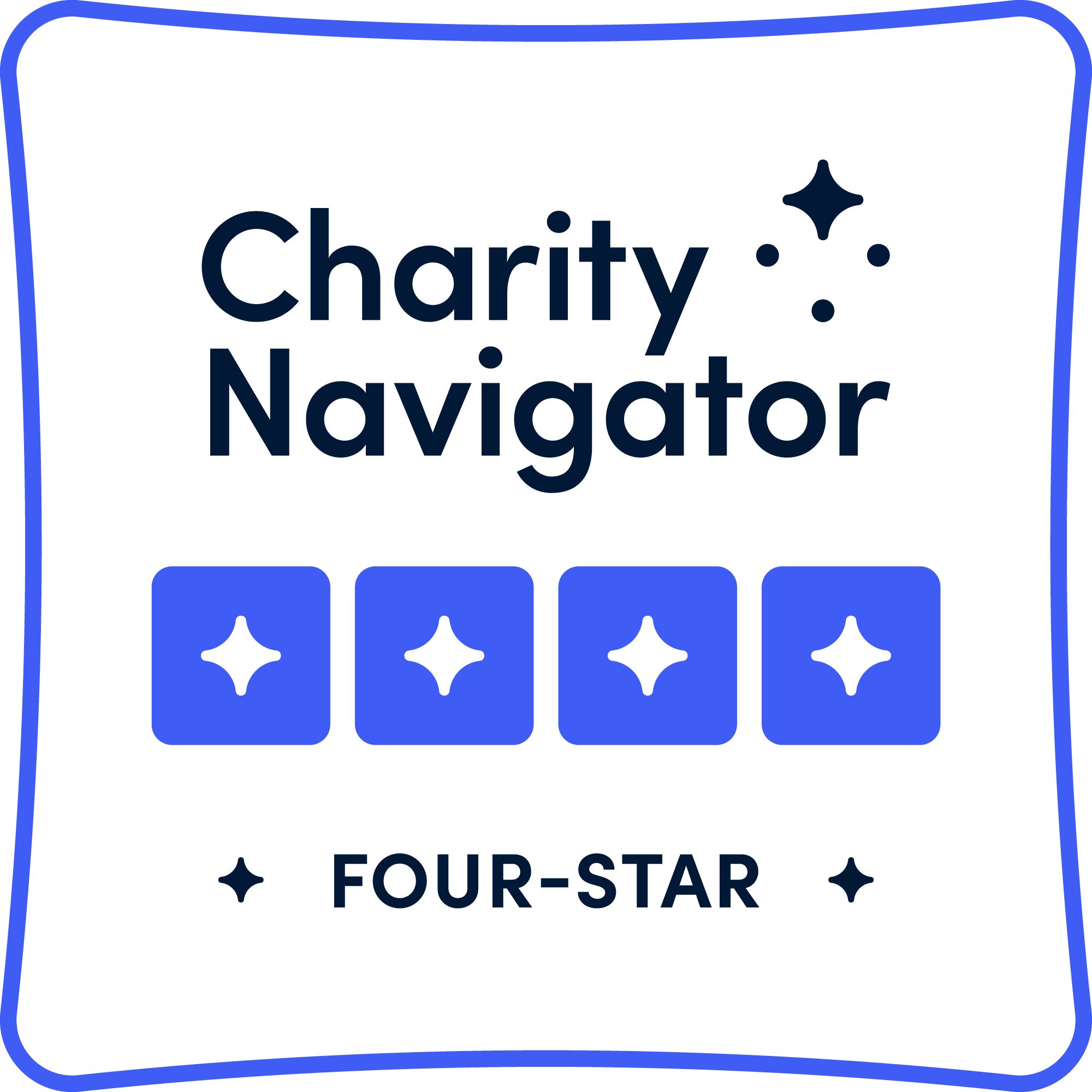“When I began teaching climate change lessons in my classroom, I was nervous about how lessons would fit into the existing curriculum and how they would be perceived by students, administrators, and families of students in my classroom. I was uncomfortable preparing lessons with little knowledge and understanding and felt unprepared to plan engaging lessons for students and support their understanding with little understanding myself.
I took a risk; and the excitement, motivation, and enthusiasm to create change from my students inspired me to continue, planning, learning, researching, and creating. I learned along with my students as we dove into topics that piqued their interest and spoke to their desire to create changes in their own lives and the community around them.
I'll never forget one of the first lessons I taught around the well-known picture of a sea turtle with a straw lodged in its nasal cavity. After learning about the impact of plastic on the oceans, many miles of which is the eastern border of our city, our students brainstormed ways they could help sea animals harmed by plastic straws. Third graders signed a petition to stop using straws in our school cafeterias and encouraged their 900-plus peers and later the whole district to stop using straws.
Their excitement and dedication to creating change led to my journey in teaching climate change. I continue attending PD, webinars, and researching today because of their passion to make a difference.” Kelly Stone

























